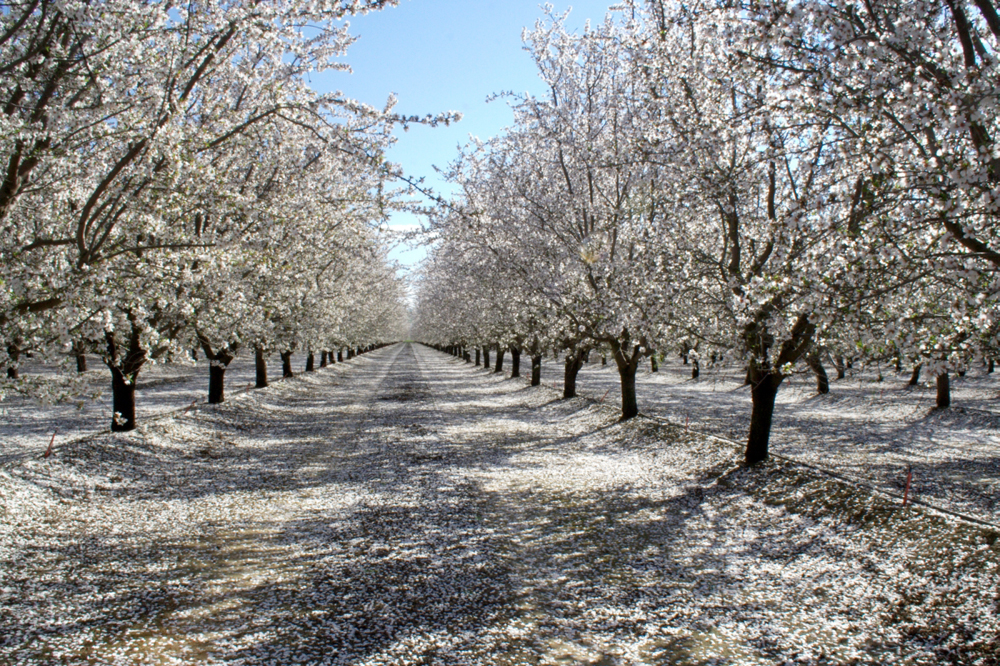What’s the dumbest idea you’ve ever heard? Pet rocks, maybe? The anti-vaccination movement? Or how about growing rice in the desert?
California has recently implemented mandatory water restrictions due to the drought that has been plaguing the region for the past four years. Unfortunately, the water restriction bill is a classic case of too little too late. The water restrictions do not address agriculture, which is the largest consumer of water in California.
Eighty percent of California’s water goes to agriculture to grow crops such as cotton, rice and alfalfa. The idea of rice paddies in a desert is so alien to me that I had to find several sources before I was convinced that it was not a joke. No, it’s not a joke. Conservation by individuals will not address the problem.
Almond trees are a good example of this conundrum. One almond—one single nut—requires 1.1 gallons of water to grow to full harvest ripeness. Let’s do the math. I happen to have an unopened bag of Trader Joe’s finest almonds in the cupboard. One pound. Opening it up, I count 107 nuts in that bag. That’s around 118 gallons of fresh California water, sitting in my cupboard. Another way of looking at it is that is three standard American bathtubs worth of water.
If California Governor Jerry Brown thinks that five-minute showers and skipping the rinse tub when doing the evening dishes will make a significant impact while ignoring agricultural usage…well, you know what they say about politicians and intelligence.
California’s current thirst for water can only be met by the wholesale destruction of the aquifers that the region so conveniently sits upon. Since surface water is only a fraction of what it once was, farmers are drilling ever more numerous and deeper wells to tap into one of the only sources of water that remains in the state. Before long, that source will be gone and there will simply be nothing to replace it.
But it needs to be noted that the current fight is not over water per se, but cheap water. After all, California is sitting right next to the largest body of water on the planet: the Pacific Ocean. Desalination plants are one option to meet the residential needs of Californians (the farmers, with their rice paddies and thirsty almond trees, are pretty much out of luck). However, desalination is astronomically expensive, requires massive amounts of power to run (say hello to new power plants), and is bound to cause unpredictable but probably bad changes to the marine ecosystems of the California coast. Not a good solution, but hey…any port in a storm.
There is a lot involved in tackling this issue, most of it political. The agricultural industry in California is only 2 percent of the state’s Gross Domestic Product. However, that 2 percent uses the aforementioned 80 percent of the water. Politicians are loathe to make any changes that cost their constituents jobs (in theory, at least), but it appears that the future of California water will be one of farmers abandoning their fields and finding work elsewhere (dustbowl redux) and the U.S. importing an ever increasing amount of produce from overseas.
This will mean higher prices for produce—as is already apparent in the price of oranges and nuts—and a more limited supply. Parts of Texas have seen recent drought conditions that are just as bad as the current California troubles, and the price of beef is reflecting that. It’s no doubt California will be next. There is no solution to the water crisis, absolutely none, that does not involve a massive transformation of the agricultural industry. It has to happen.
Of course, Michigan might be nice and let California build a water pipeline from Detroit to the central valley.






